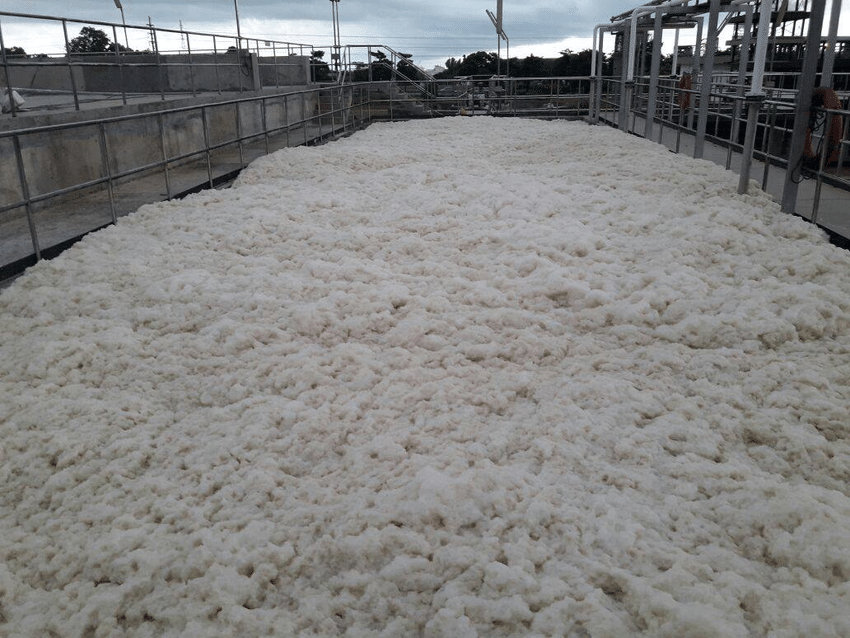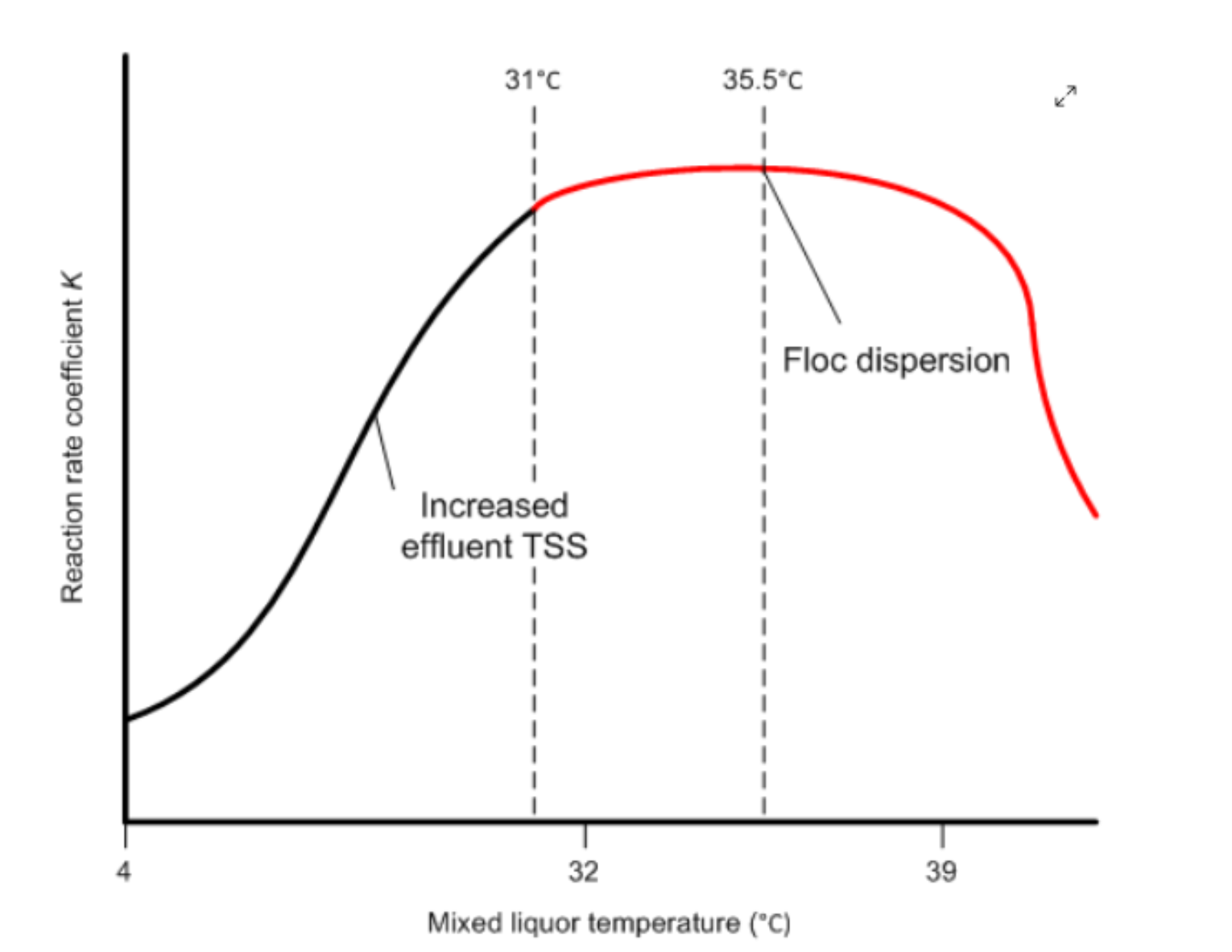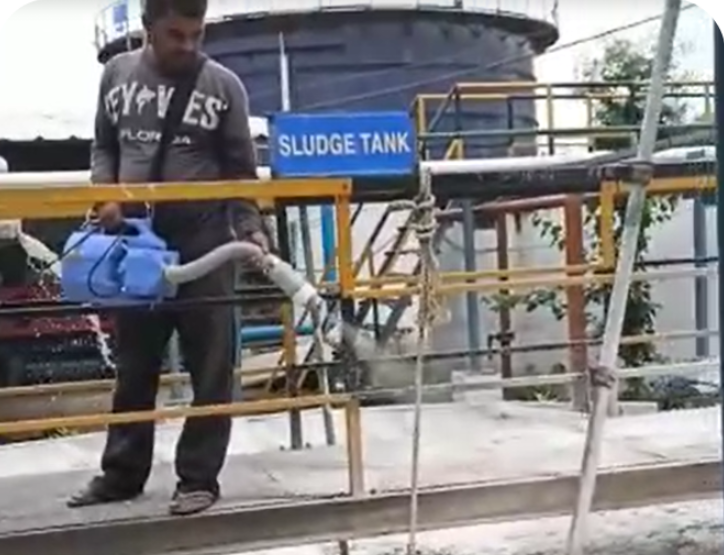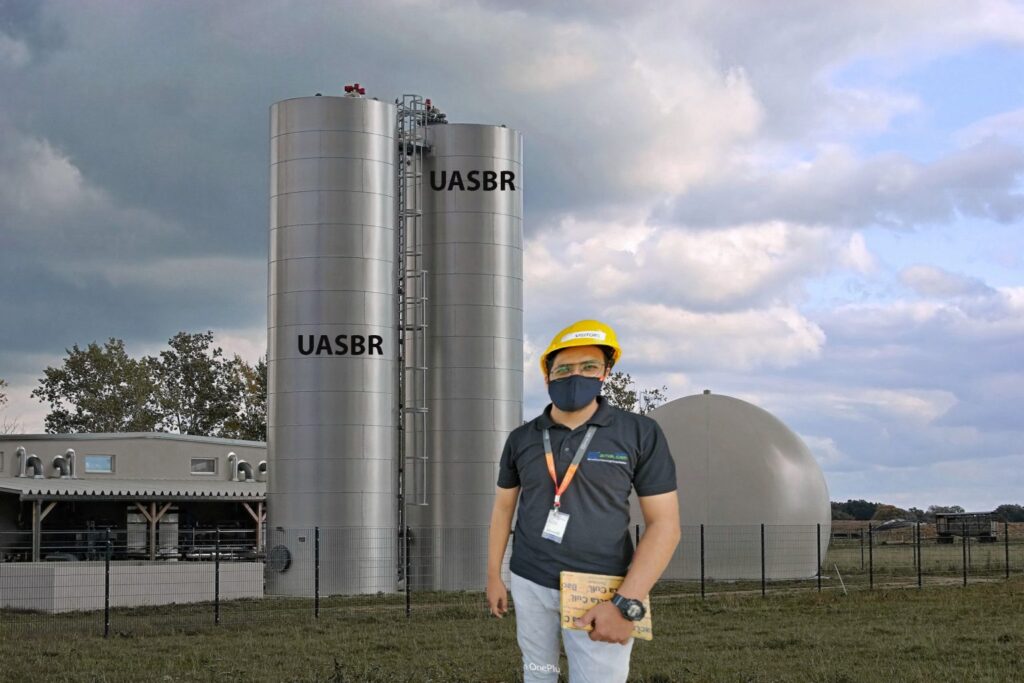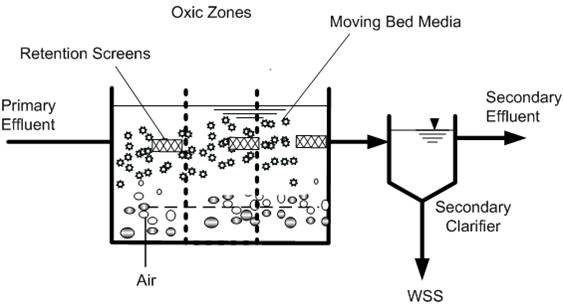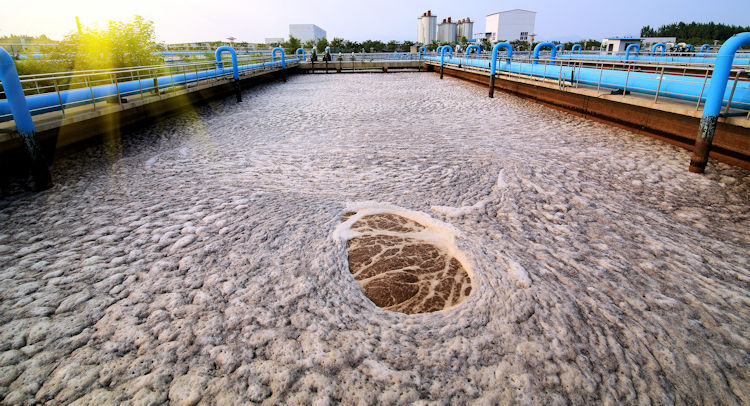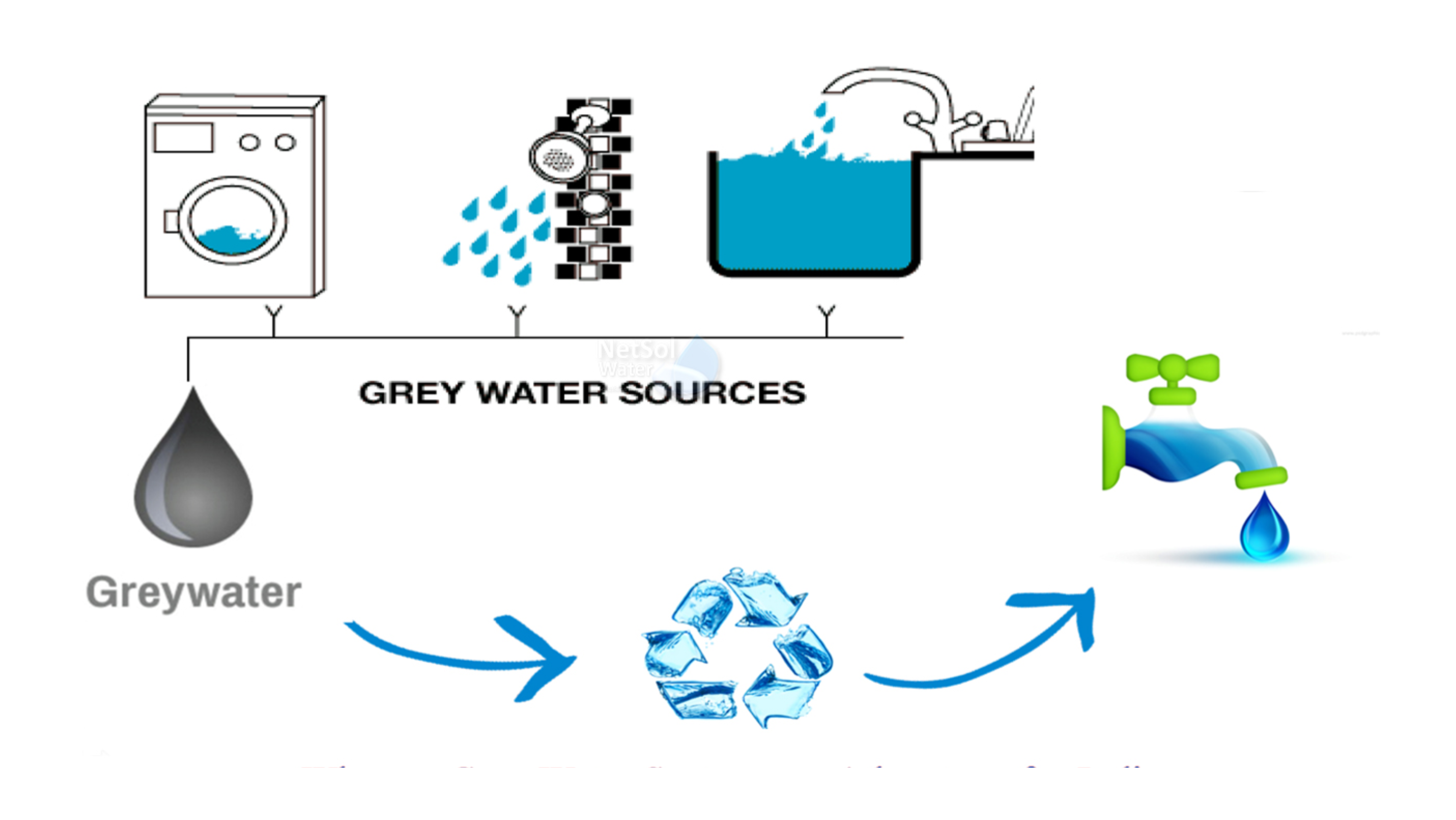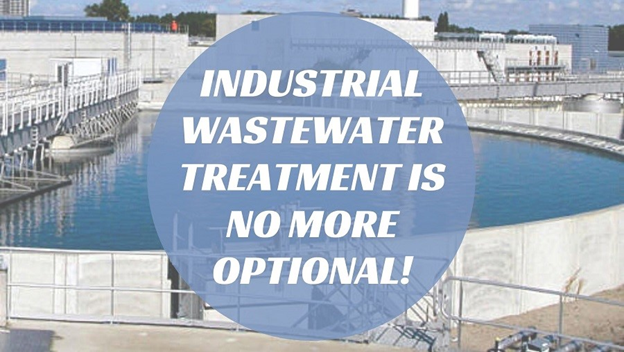Wastewater treatment is a critical process in preserving the environment and ensuring the well-being of communities. However, it comes with its own set of challenges, one of which is the occurrence of foaming. Foaming in wastewater treatment plants is a common issue that can lead to operational disruptions, increased costs, and compromised treatment efficiency. In this comprehensive guide, we will delve into the various types of foaming in wastewater treatment, their causes, and potential solutions.
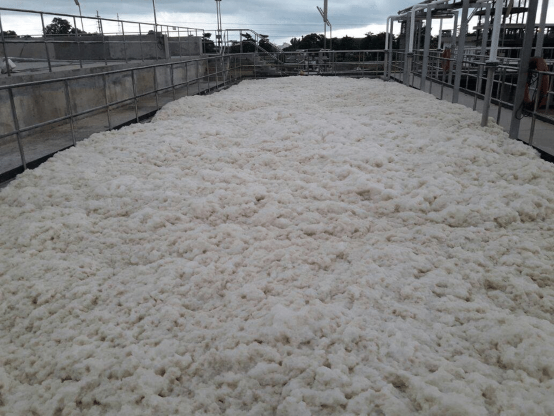
Types of Foaming:
Biological Foaming:
Biological foaming is a phenomenon that occurs due to the presence of excessive filamentous bacteria in activated sludge. These bacteria produce extracellular polymers, creating a stable foam layer on the surface of aeration tanks. This type of foaming can result in reduced oxygen transfer efficiency, hindered settling of sludge, and increased biomass loss.
Causes:
High organic loading
Nutrient imbalances (e.g., nitrogen and phosphorus)
Low dissolved oxygen levels
Low pH levels
Solutions:
Implement proper nutrient management
Optimize aeration strategies
Control organic loading
Regularly monitor and adjust pH levels
Non-Biological Foaming:
Non-biological foaming is primarily caused by the presence of surfactants or chemicals that reduce the surface tension of water. This type of foaming is often observed in industrial wastewater containing detergents, oils, or other substances that promote foam formation.
Causes:
Presence of surfactants or foaming agents
Industrial discharges containing oils or grease
Inadequate primary treatment
Solutions:
Implement effective pretreatment processes
Install physical barriers to contain foam
Use antifoaming agents in the treatment process
Foaming Due to Dissolved Gases:
Foaming can also be induced by dissolved gases in wastewater, particularly hydrogen sulfide and methane. When these gases are released during the treatment process, they can create foam at the air-liquid interface.
Causes:
Anaerobic conditions in sludge digesters
Presence of sulfur-reducing bacteria
Inadequate gas management
Solutions:
Improve digester mixing to prevent gas accumulation
Optimize anaerobic digestion conditions
Install gas collection and venting systems
Surge Foaming:
Surge foaming occurs during peak flow conditions when the wastewater treatment plant experiences sudden increases in influent flow rates. The turbulence created by these surges can lead to foam formation.
Causes:
Rapid changes in influent flow rates
Hydraulic overloading of treatment units
Inadequate hydraulic design
Solutions:
Install surge control mechanisms
Optimize hydraulic design to handle peak flows
Implement flow equalization measures
Conclusion:
Foaming in wastewater treatment is a multifaceted issue that demands a comprehensive understanding of its various types and underlying causes. By identifying the specific type of foaming and implementing targeted solutions, wastewater treatment plants can enhance their efficiency, reduce operational disruptions, and contribute to the overall sustainability of water resources. Continuous monitoring, proactive management, and the adoption of advanced technologies are crucial in mitigating foaming issues and ensuring the effective treatment of wastewater in a manner that aligns with environmental protection standards.


